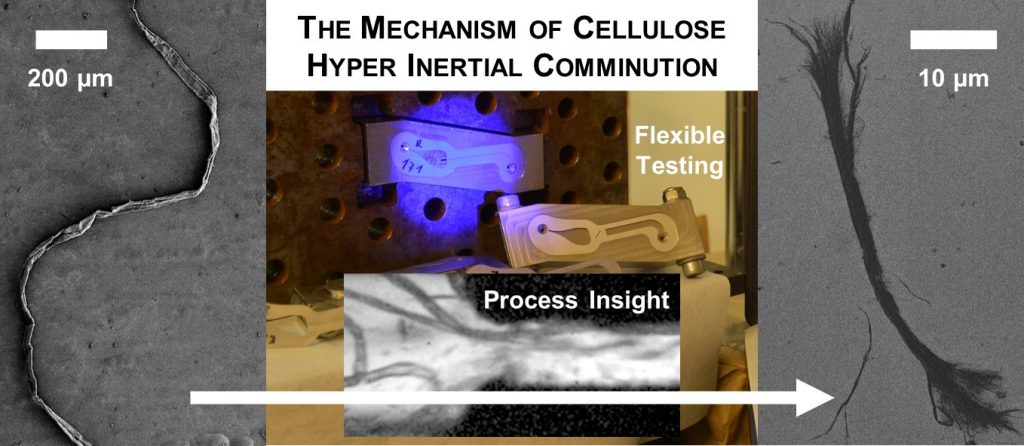Expandable cellulose-based capsules
The development of expandable capsules holds a great promise for various advanced engineering applications. Preparation of such materials using renewable and sustainable resources is particularly attractive, where the development is driven by an increased global interest in new generations of green products that can meet the demands of the modern society. The aim of this […]
Expandable cellulose-based capsules Läs mer »


